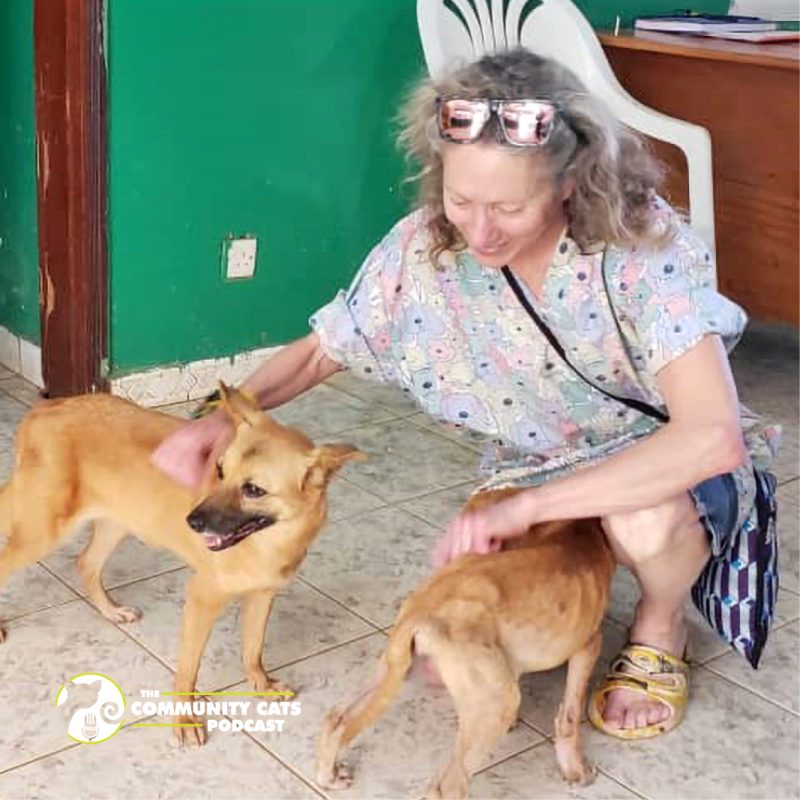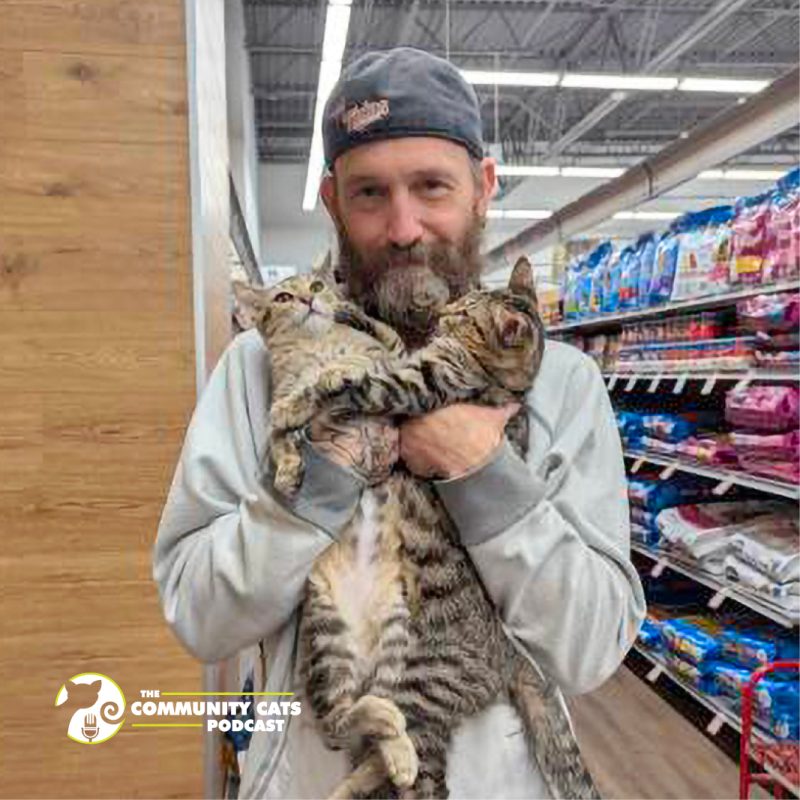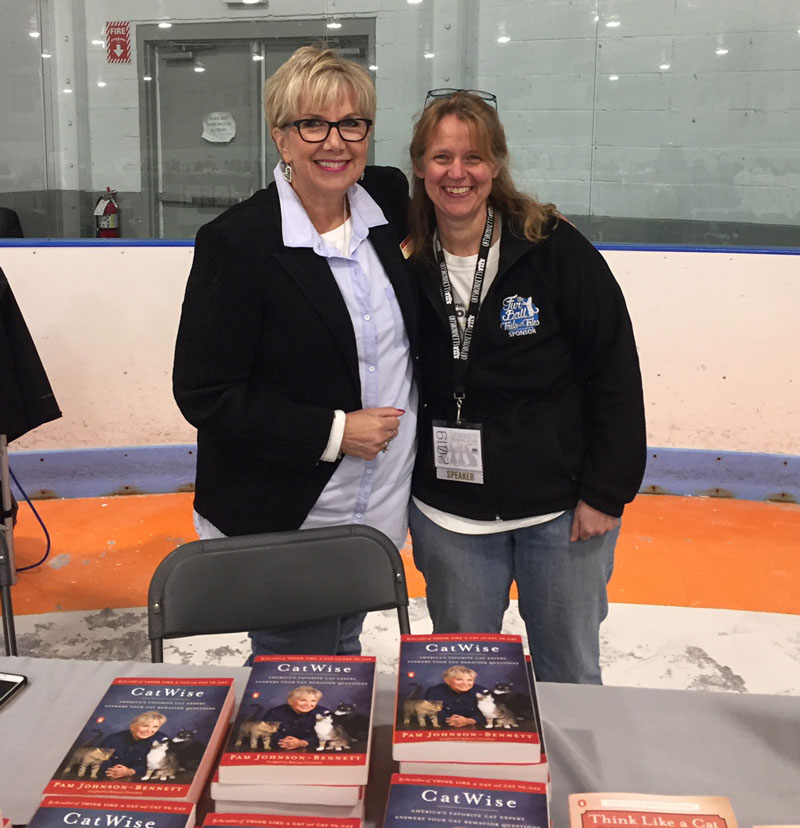
My Experience at Catsachusetts
May 13, 2019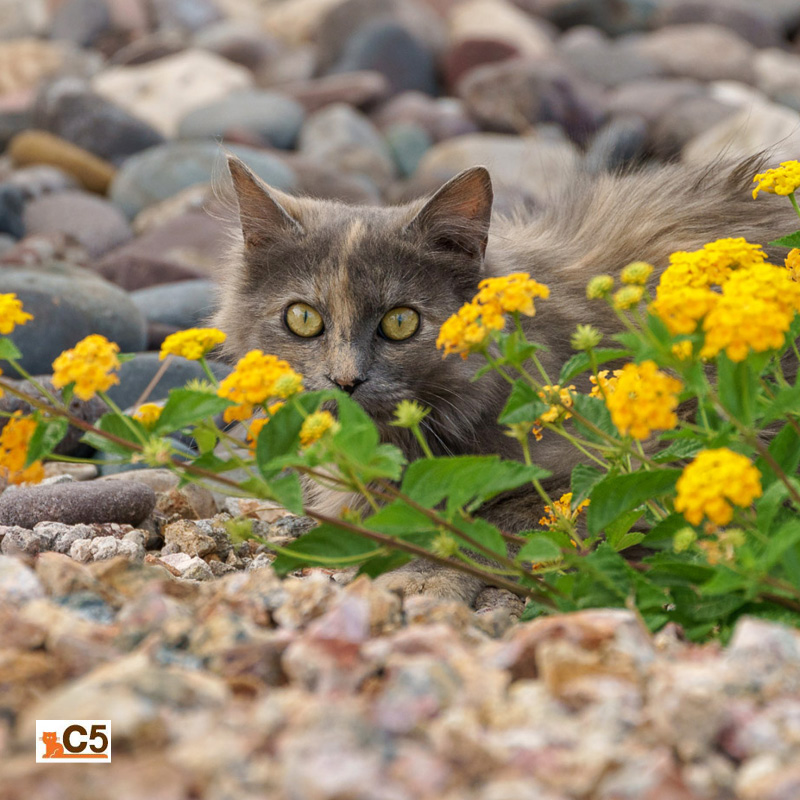
Trapper Tips & Tricks Profile: C5’s Keith Williams
May 19, 2019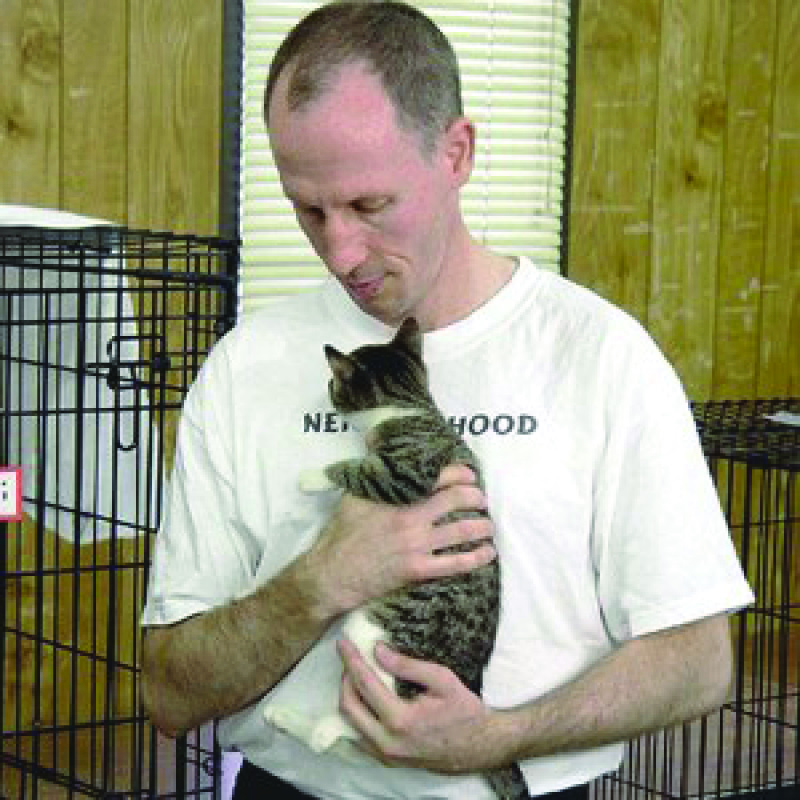
“Things can get better, no matter how long they’ve been bad.”
For the 300th episode of Community Cats Podcast, Stacy is joined by Bryan Kortis, Director of National Programs for Neighborhood Cats. Previously featured on CCP Episode 13, Episode 127, and Episode 218, Bryan is back to talk about how things are going for community cats in Hawaii, and about the new book he has co-authored. And of course, he and Stacy discuss the ongoing webinar series that CCP and Neighborhood Cats are partnering on.
Bryan, who is now located in Hawaii, reports that Neighborhood Cats has established a great partnership with the Maui Humane Society. MHS has a high-volume spay/neuter clinic that handles community cats, and over the past two years, the shelter has seen live release rates for cats go from around 25% to over 90%! He is also seeing some progress on Oahu as a result of working with humane organizations there.
In general, the wildlife and conservation community is still opposed to TNR in Hawaii, and Bryan reports that Neighborhood Cats’ early efforts to sit down with these groups to get on the same page did not meet with success. So they have chosen to focus on the work at hand—how to get the cats under control—rather than on trying to convince the “other side” of the merits of TNR. Bryan feels that people are hungry for practical solutions, so Neighborhood Cats just keeps on doing the work they feel needs to be done. “We don’t ignore the concerns,” he says, “but we’re not going to let the debate stop us from making progress.”
Bryan also has a new book out called The Return to Field Handbook, which he co-authored with HSUS’s Danielle Bays and two other leaders in the community cat world. The book arose as people were starting to think that Return to Field (RTF) was a good idea, but didn’t have a lot of information on how to implement such a program. So the authors decided to put together a handbook to start to build a base of knowledge around RTF.
Stacy and Bryan talk at length about some of the keys to an RTF program, and also some of the sticking points for shelters—particularly dealing with healthy, friendly cats. Bryan cautions against going on an “auto-pilot” or one-size-fits-all approach and notes that each individual cat’s circumstances must be examined carefully. He also notes that “TNR and RTF…are two sides of the same coin; they’re both parts of a good community cat program.”
To learn more or get your copy of The Return to Field Handbook, visit the Neighborhood Cats website’s resource section. You can also get a copy of the book, as well as more information on TNR and RTF at the Humane Society of the United States website.










